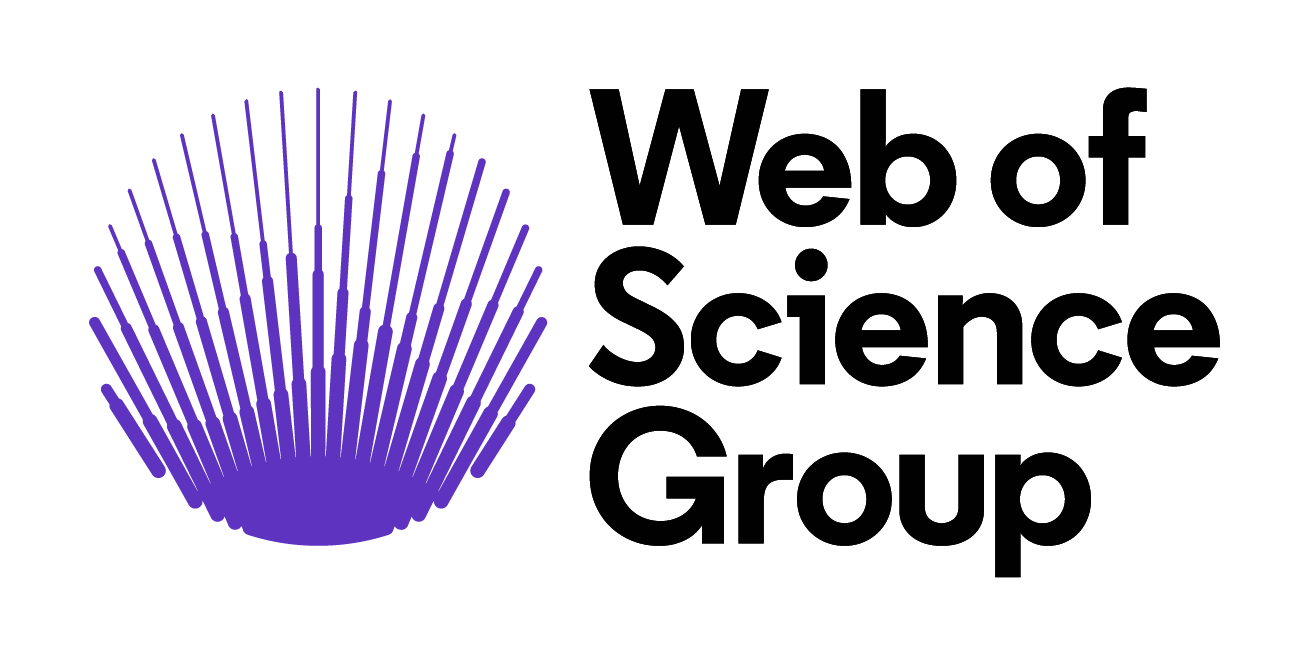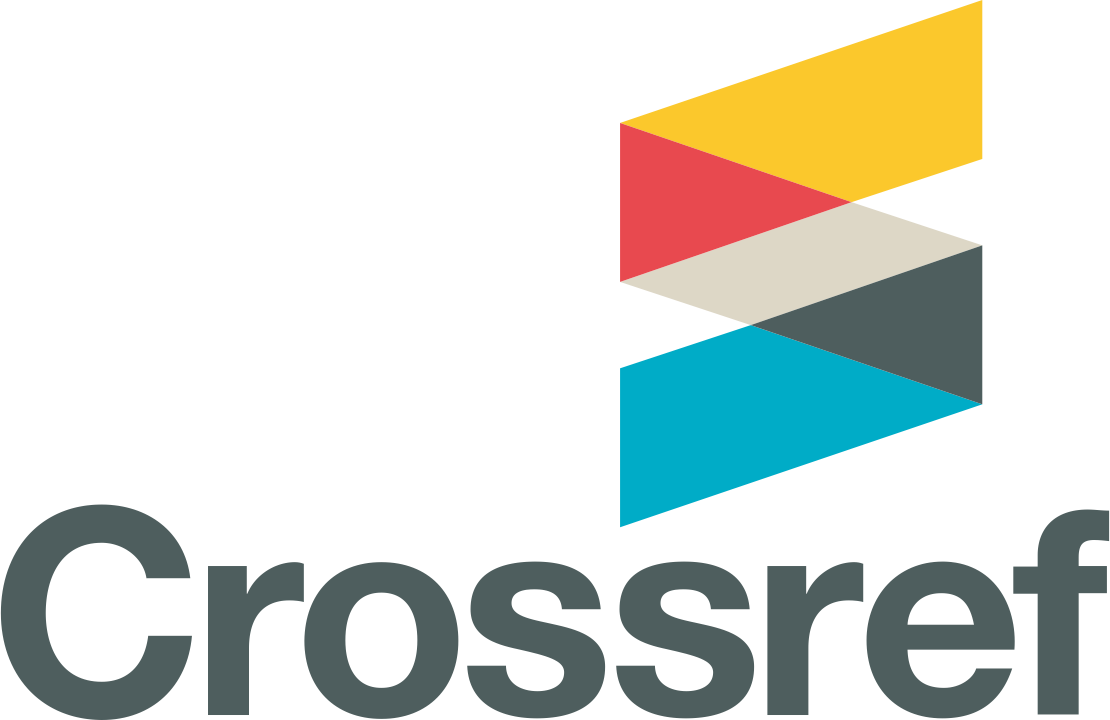Abstract
This paper examines hedging effectiveness of four agricultural (soybean, corn, castor seed and guar seed) and seven non-agricultural (gold, silver, aluminium, copper, zinc, crude oil and, natural gas) futures contracts traded in India, using VECM and CCC-MGARCH model to estimate constant hedge ratio and dynamic hedge ratios, respectively. We ind that agricultural futures contracts provide higher hedging effectiveness (30-70%) as compared to non-agricultural futures (20%). In the more recent period, the hedging effectiveness of Indian futures markets has increased. When hedging effectiveness of non-agricultural Indian futures contracts with the world spot markets (NYMEX and LME) is analyzed, hedging effectiveness increases dramatically which indicates the fact that Indian futures contracts are more effective for hedging exposures to global prices. Other reasons of lower hedging effectiveness of Indian futures contracts may be low awareness of futures markets among participants, high transaction costs in the futures markets, policy restrictions, inadequate contract design, or high transaction costs in the spot market. These are, of course, expected birth pays for a nascent futures markets in an emerging economy.
Recommended Citation
Kumar, Brajesh and Pandey, Ajay
(2011)
"Role of Indian Commodity Derivatives Market in Hedging Price Risk: Estimation of Constant and Dynamic Hedge Ratio, and Hedging Effectiveness,"
Indonesian Capital Market Review: Vol. 3:
No.
1, Article 5.
DOI: 10.21002/icmr.v3i1.3624
Available at:
https://scholarhub.ui.ac.id/icmr/vol3/iss1/5












